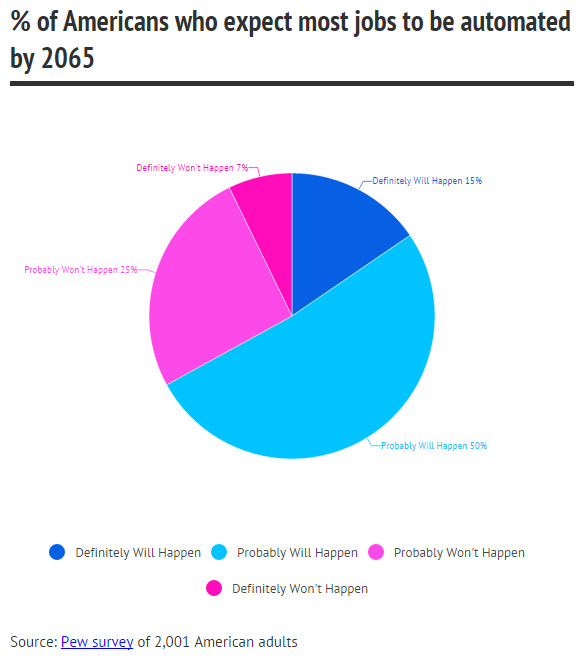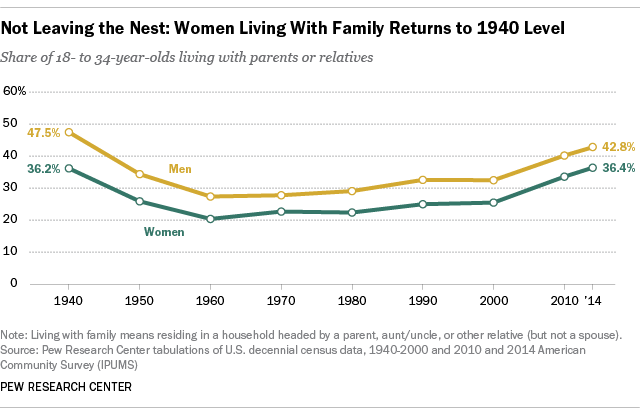
- Can Vendor Scorecards Cut Down on IT Project Failures?
Besides providing performance feedback during a large project, the scorecards also are expected to be a way for the state to take into account previous performance in future procurements, something that has been difficult to do in the past because evaluations were based on requirements built into the procurement vehicles. “We had no systemic way of measuring performance and taking it into account,” Ramos said. “We saw that as a gap.”
http://www.govtech.com/state/Can-Vendor-Scorecards-Cut-Down-on-IT-Project-Failures.html
- AI Will not Save Procurement … It Will Only Hasten its Demise
An AI can detect the presence of risk indicators that you have defined against known risks, it cannot identify risk indicators for unknown risks. If the algorithm doesn’t understand that a tsunami is a risk because it can damage harbours and destroy coastal plants, the risk will not be identified until it discovers a news story about how the supplier plant had to shut down. And if it does not understand that legal proceedings can bankrupt a small company, it could overlook a filing with the potential to bankrupt the supplier. If the supplier was strategic, that is something the organization would want to know about immediately.
- DAO: A Sandbox For ‘Smart Contracts’
Smart contracts are the digital equivalent of the pen-and-paper kind which, even today, are the gatekeepers to major business relationships. Smart contracts work by executing themselves automatically under a given set of conditions, which are pre-programmed into the software that supports them. In the case of DAO, funds will be transferred based on a majority vote, which itself is executed by digital signatures. Slock.it is the company behind DAO’s smart contract infrastructure.
Also:
The issue is one of control. There is potential for smart contracts to put buyer-supplier relationships under significant strain if, for instance, a dispute occurs and adequate consideration has not been given to the process for dealing with this in the digital setting. In computer-to-computer purchasing, for example, with which party does the burden of proof sit? The recent and public SWIFT-Bangladesh Bank saga has already showcased the extent of the tensions caused by disagreements over who’s system is at fault.
http://www.procurementleaders.com/blog/my-blog–harry-john/dao-a-sandbox-for-smart-contracts-620229
- How to Keep Millennials in Procurement
Another differentiating characteristic about millennials is that they are not as interested as previous generations in climbing the traditional career ladder, going from a junior buyer to a senior buyer, to a manager and on to procurement director, Peck said. They can be happy with lateral career moves that spark change in their daily routine or challenge them in a new way.
Career training, too, is highly valued among millennials — something Peck pointed out was a huge positive for procurement and supply chain organizations. In her experience, Peck said it can be “like pulling teeth” to encourage other generations of employees to take training courses or continue their education. With millennials, however, this isn’t a problem.
http://spendmatters.com/2016/06/02/how-to-keep-millennials-in-procurement/
- The Purchase Order Is In … Now What?
At ROYCE, we’ve been burned in the past because we were so starstruck that a luxury department store actually chose us that it blinded us from the far-reaching implications of that order. No one was asking the important questions — What’s their credit history? What are the logistics chargebacks? What the hell is a “loyalty discount?” (Side note: I will never forget the time that a prestigious UK retailer gave us a significant PO, only to subtly mention in the fine print that there were 21 percent off worth of discounts and co-op advertising costs, after already succumbing to aggressively discounted landed costs!) There’s nothing more anticlimactic than landing a career deal, only to meekly utter “thanks, but no thanks.”
- ‘Vendor overload’ adds to CISO burnout
“The new CISO is more the CIRO (chief information risk officer) tasked with managing risk to data and technology,” said Dawn-Marie Hutchinson, executive director in the Office of the CISO at Optiv.
“Five years ago, the role was buried many layers down in the organization, if it existed at all,” she said. “Today, the CISO is a business leader.”
Diedre Diamond, founder and CEO of CyberSN, speaking at the recent SOURCE Boston conference, offered three other reasons: Lack of understanding of the role, lack of advancement potential and unhappiness with leadership or company culture.
http://www.csoonline.com/article/3077243/it-careers/vendor-overload-adds-to-ciso-burnout.html







